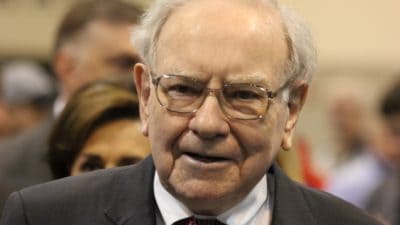Many so-called passive income methods actually require significant time and effort. In fact, some of them seem more like second jobs when I look at what’s involved.
In contrast, receiving income from dividend-paying companies is entirely passive. True, there’s the upfront work of setting up a Stocks and Shares ISA so I can invest up to £20k a year and pay no tax on returns. I’d also need to learn the basics about investing.
But once I’m up and running, these dividends would just appear in my account without any further work.
Should you invest £1,000 in Wh Smith right now?
When investing expert Mark Rogers has a stock tip, it can pay to listen. After all, the flagship Motley Fool Share Advisor newsletter he has run for nearly a decade has provided thousands of paying members with top stock recommendations from the UK and US markets. And right now, Mark thinks there are 6 standout stocks that investors should consider buying. Want to see if Wh Smith made the list?
Please note that tax treatment depends on the individual circumstances of each client and may be subject to change in future. The content in this article is provided for information purposes only. It is not intended to be, neither does it constitute, any form of tax advice. Readers are responsible for carrying out their own due diligence and for obtaining professional advice before making any investment decisions.
The plan
Now, it’s almost impossible to know how much the average UK savings pot is today. I’ve seen some surveys put it at £11,000 while other research has it higher at around £17,000. So, let’s assume I start out with £13,000 in savings, which I put in an ISA.
Next, I’d aim to build a diverse portfolio of around 5-10 stocks. I wouldn’t pile into a single investment, as this would be very risky. Diversification is the name of the game, especially when starting out.
But I’d choose my investments carefully, focusing on profitable firms trading at reasonable valuations.
A value stock
One FTSE 100 stock that I think fits the bill is Aviva (LSE: AV). This is the UK’s leading diversified insurer, with significant businesses in Canada and Ireland.
In recent years, the firm has disposed of many non-core assets. Consequently, it’s a much leaner business with a stronger balance sheet.
In 2023, operating profit increased 9% year on year to £1.47bn. General insurance premiums were up 13% to £10.8bn, and it saw a record £6.9bn of net flows in its workplace pensions business as it won 477 new schemes.
Meanwhile, Aviva’s private health business surged 41% as NHS waiting times reached record highs. It’s now aiming for £100m of health operating profit by 2026 due to this “strong and sustained growth” in the UK health market.
This seems likely given that the waiting list for routine hospital treatment in England has just risen for the second month in a row. At the end of May, an estimated 7.6m treatments were waiting to be carried out.
One risk here would be an economic downturn or a return of inflation, which could see people cancel their policies. The UK economy appears stable, but you never know what’s lurking around the corner.
Nevertheless, Aviva offers a dividend yield of 7.2% for 2024 and 7.9% for 2025. And it’s trading on a cheap price-to-book (P/B) ratio of 1.4. I think the stock represents exceptional all-round value.
The income
Using Aviva’s 7.2% yield as the average, that would give me passive income of £936 each year. But if I instead chose to reinvest my dividends, then my £13,000 would grow to £73,928 after 25 years.
This assumes no share price movements or dividend cuts, which is always possible. Not bad.
But let’s assume I decided to regularly invest £550 every month too. In this scenario, I’d end up with £517,731 after 25 years, assuming the same 7.2% return.
Then I could simply switch to spending rather than reinvesting my dividends. By this point, my £517k portfolio would be throwing off the equivalent of £3,106 in passive income every month.








